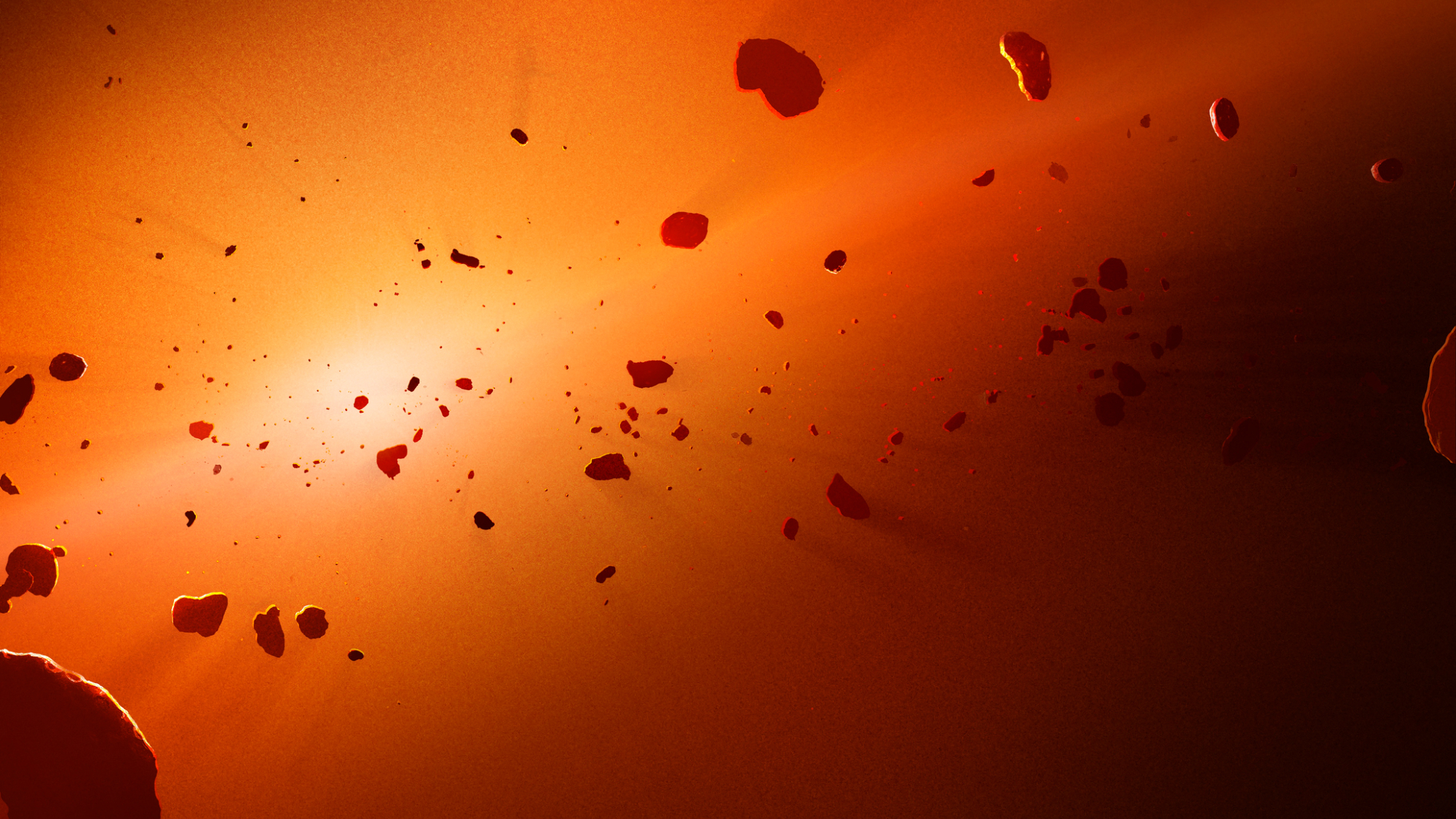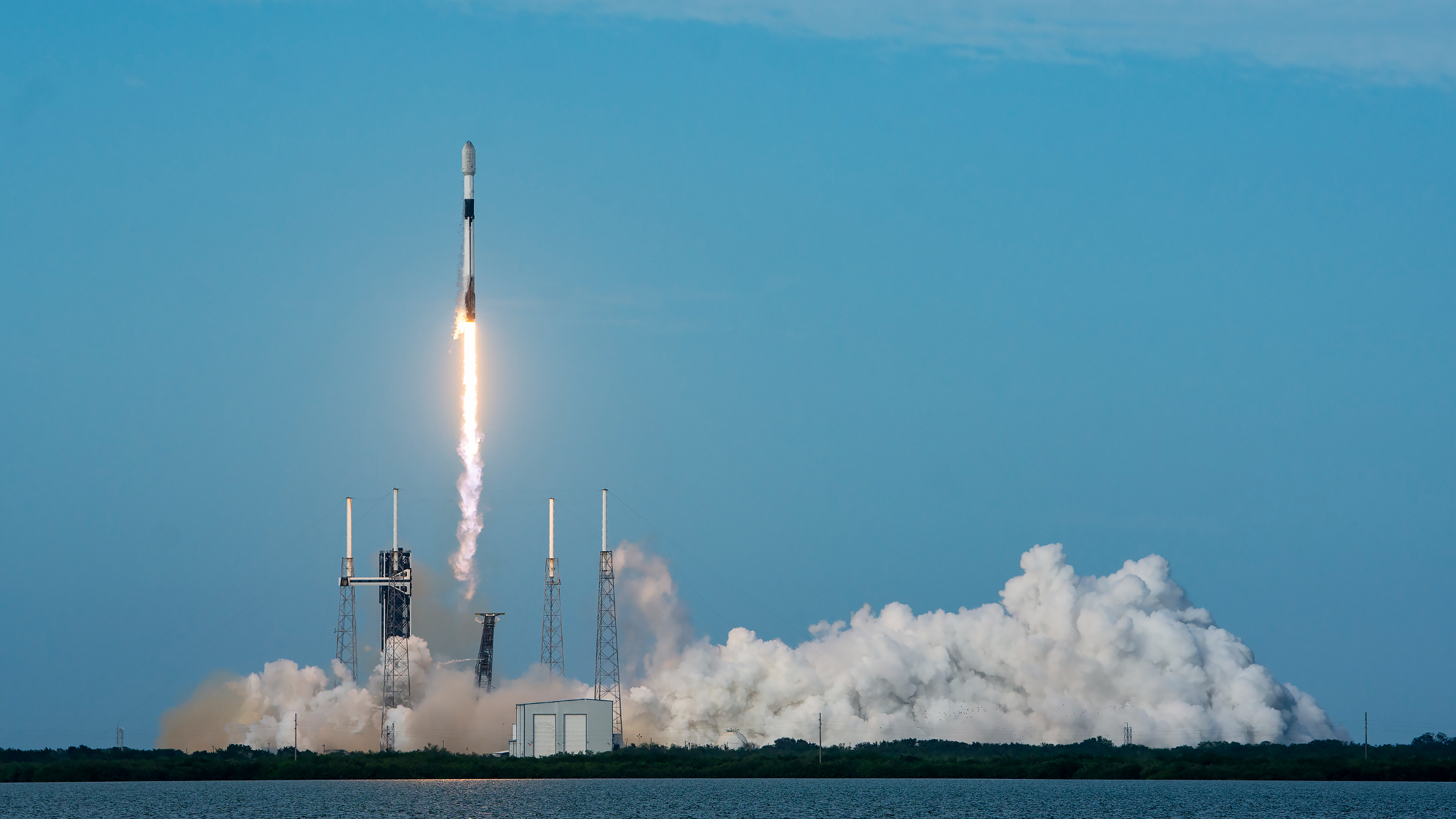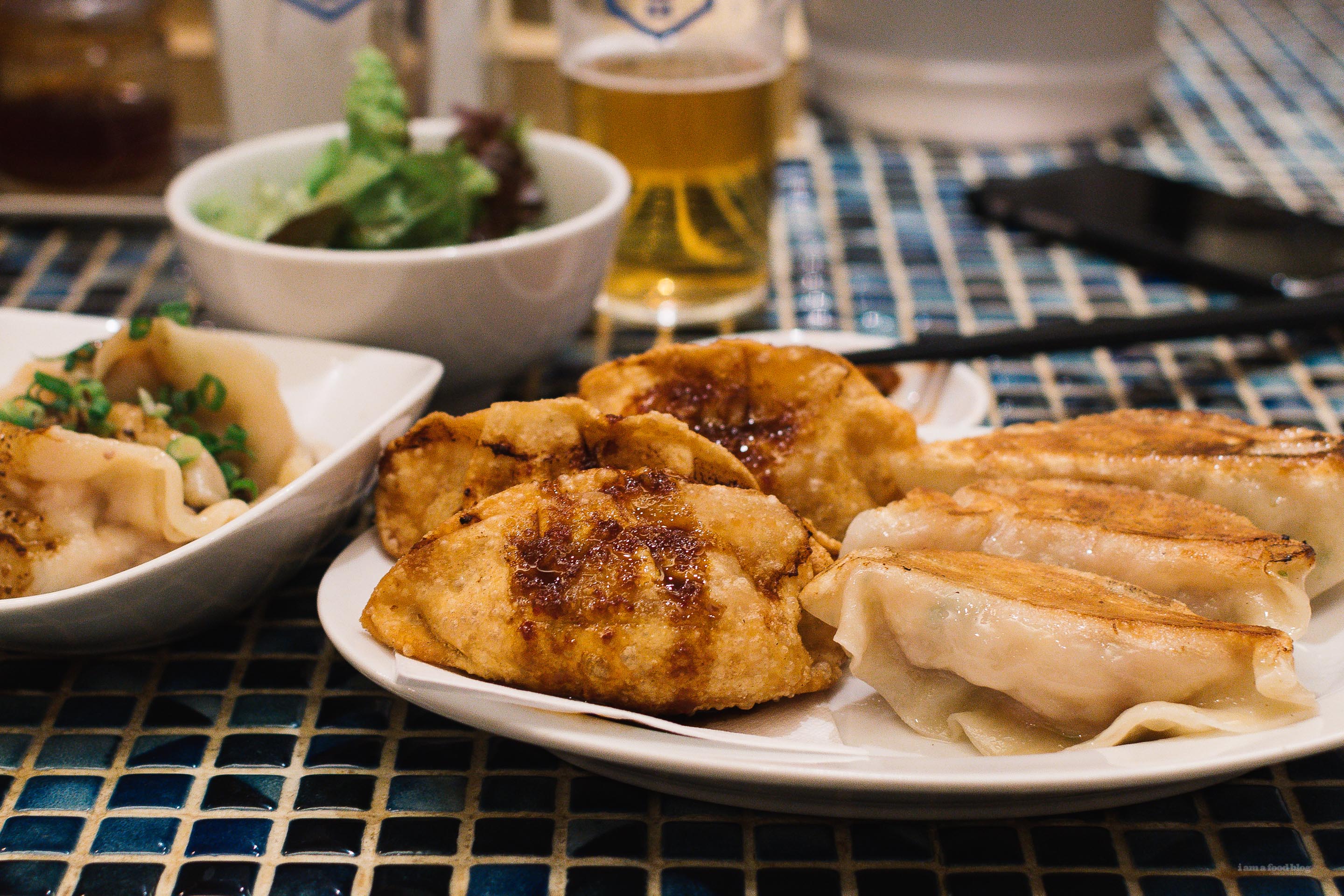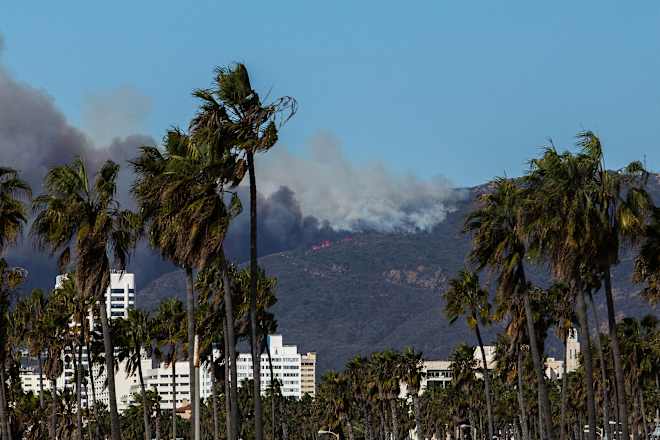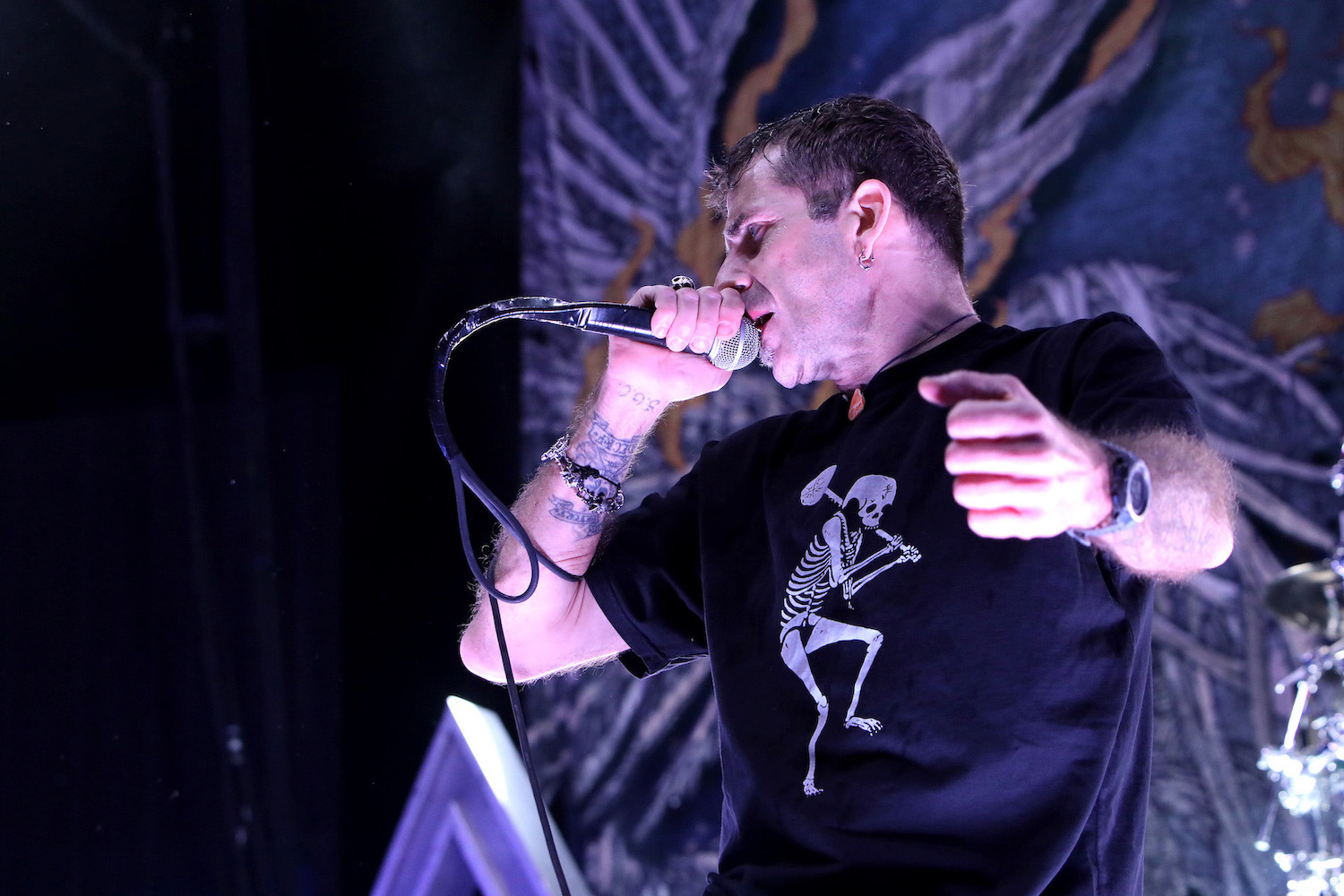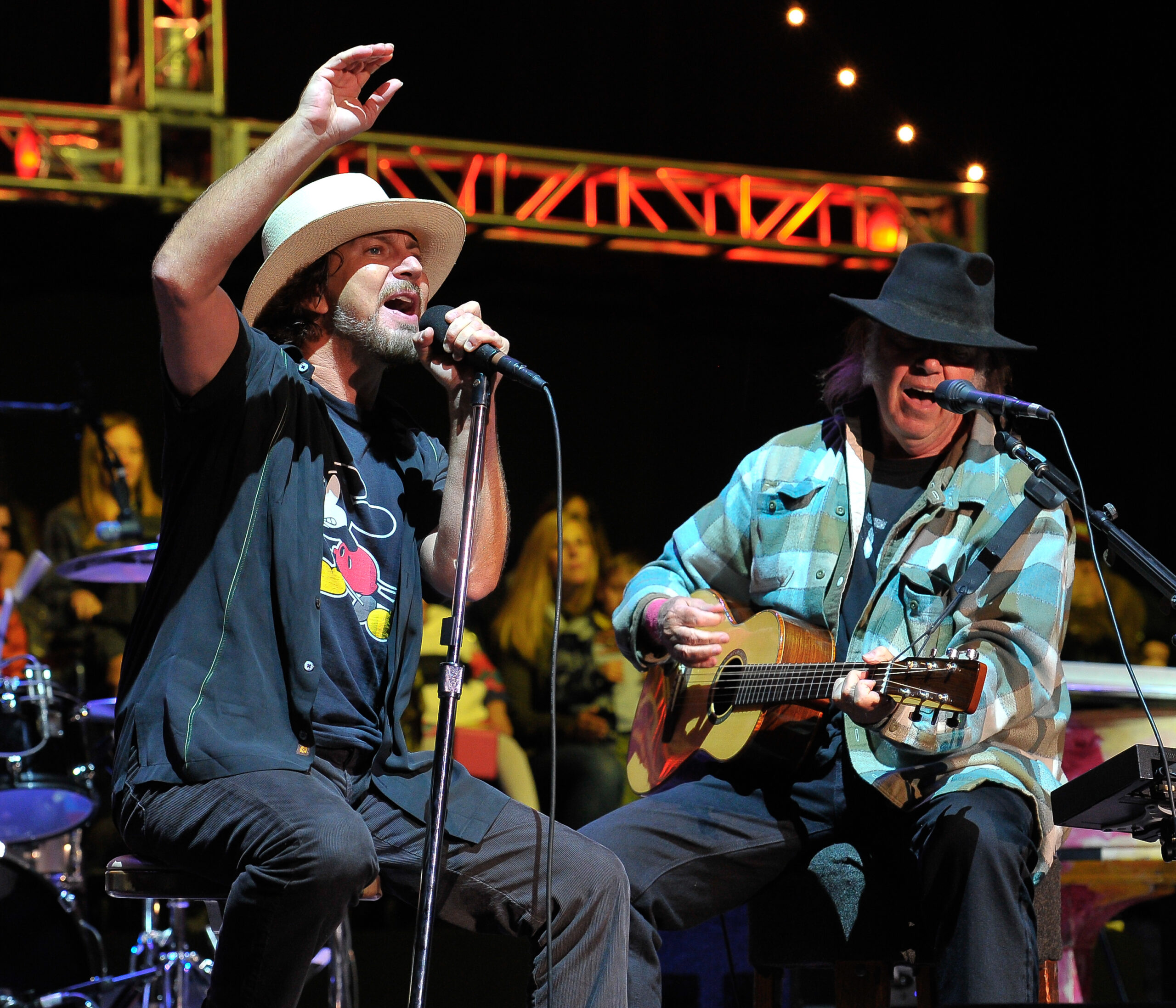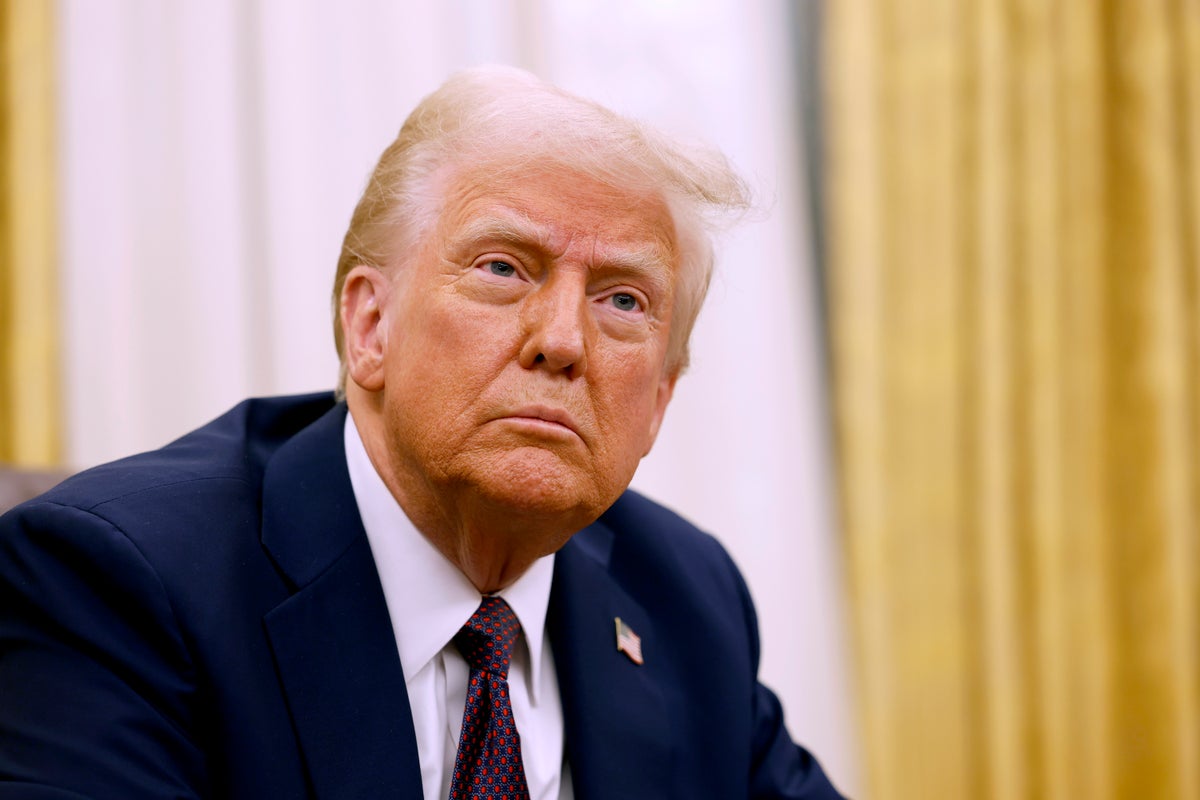Australians propose an indigenous periodic table
Recently I am getting more emails from various countries—all of whose senders wish to be anonymous—about indigenous people trying to combine their own “ways of knowing” with science or to represent them as an alternative to modern science (often mistakenly called “Western” science). The anonymity, of course, comes because criticism of indigenous people is about … Continue reading Australians propose an indigenous periodic table

Recently I am getting more emails from various countries—all of whose senders wish to be anonymous—about indigenous people trying to combine their own “ways of knowing” with science or to represent them as an alternative to modern science (often mistakenly called “Western” science). The anonymity, of course, comes because criticism of indigenous people is about the worst blasphemy you can commit against “progressive” liberals, who regard indigenous people as historically and currently oppressed by “settlers”.
In this case, though, the indigenous knowledge isn’t purely indigenous, but an effort to piggyback on or to ape modern science. The article below, from the Royal Society of Chemistry News, involves Australians and Aboriginals together trying to develop an indigenous periodic table.
When you ask “a periodic table of what?”, it appears to be a periodic table of the elements. But the elements were identified by modern science, and of course placed in the modern periodic table by the work of non-indigenous chemists and physicists. The proposed indigenous table, however, uses the very same elements, but wants to classify them in a different way: by how they are used, how they are connected to the land, and so on. This would also change the names of the elements.
Also, as the article points out, there are over 400 indigenous groups in Australia, each with a different language and presumbly a different culture, so we’d get dozens of periodic tables. If that’s the outcome, then what is the point of this exercise?
Click on the headline below to read the short article:
The craziness of this endeavor, which seems to have no point save to give indigenous people something resembles what the “Western” settler-colonialist scientists have, can best be seen in a few quotes. “I have a dream today”, says one professor, who is not aboriginal but apparently an “ally”:
‘I have a dream of walking into a chemistry lecture theatre and seeing two periodic tables – the traditional one and a periodic table in the language of the Gadigal whose land we teach on,’ says Anthony Masters, a chemistry professor at the University of Sydney in Australia. The Gadigal are one of over 400 different Aboriginal communities in Australia and the Torres Straight Islands that have their own distinct set of languages, histories and traditions. Masters has pulled together a team of Aboriginal and non-Aboriginal scholars to investigate what an Indigenous periodic table might look like. Together, the multidisciplinary team aims to organise the elements in a format that represents the relationships between them based on Indigenous knowledge.
Masters, apparently not even a member of the Gadigal, seemingly wants to do this as a scientific sop to the aboriginals “whose land we teach on.” But if that’s the case, I’m sure the Gadigal would much prefer to be paid for the appropriated land, or given their land back.
So what is this table? Well, perhaps it doesn’t seem to involve elements, but compounds or minerals:
In reality, Aboriginal people developed their own knowledge of the chemical elements and their compounds. This includes uranium in its mineral form, which they called sickness rocks because they were aware that mishandling them could cause illness. Moreover, Aboriginal Australians have been using the iron oxide-based pigment ochre for at least 50,000 years. Historically, it had economic value, being traded between different tribes, but it also remains central to several cultural practices including body painting and decorating sacred objects. ‘Ochre is used as a pigment, and it can be formed into different colours – which is material science. It can be used as a disinfectant, as a sunscreen. A lot of these things are to do with its interaction with light,’ explains Masters who uses these examples to teach his undergraduate students about attributing knowledge to the Indigenous community.
But uranium doesn’t occur free in nature (often it’s found as “uraninite“, also known as “pitchblende”, UO2 but with other minerals), and ochre, according to Wikipedia, is “is a natural clay earth pigment, a mixture of ferric oxide and varying amounts of clay and sand.” (One of the few elements that can be seen occurring in its pure form in nature is sulfur.) Are we to have a periodic table of compounds, then? If so, that will be a very large periodic table! The problem of distinguishing elements from compunds isn’t even mentioned, but it appears that they want to do this for elements (see below).
The article then says that the traditional and correct periodic table of the elements is largely useless to an indigenous person:
The idea to develop an Indigenous periodic table arose because Masters started looking into how language influences our understanding of chemical knowledge and how chemistry is taught at Australian universities. ‘How do you know that oxygen and sulfur have similar properties? You can’t tell from the names,’ says Masters. Regarding palladium, he points out there is little to no value in an Indigenous student learning about an element named after an asteroid, which in turn was named after a Greek goddess. And what about neon, which William Ramsay named after the Greek word for new, but it’s hardly new after 120 years. Instead, Masters wants Indigenous Australian students to grow up with a periodic table in their language, just as it exists in other languages around the world.
But you don’t discern chemical properties from the names but from the position in the scientific periodic table. And who cares what the element is called? Scientists or anybody who wants to learn chemistry, that’s who. But Masters & Co. want to change the names of the elements/compounds. If you make a periodic table in this way, if you even can, it will not help indigenous people learn modern chemistry; it will in fact impede them.
But it appears that this project is grinding exceedingly slowly, and I doubt it will happen at all, especially because it’s limited to just one group of aboriginals. The slowness may result from their need to construct the table by talking. Bolding below is mine:
Troy explains the team’s first step was to ask the Sydney Mob – which encompasses over 29 Indigenous communities based in the Sydney region – if an Australian First Nationsperiodic table was something they would be interested in. They were. And so began the delicate process of establishing what scientific understanding of the elements is inherent in Aboriginal Australian knowledge systems.
Being mindful of and engaging with Aboriginal culture is central to the project, and face-to-face consultations are the preferred medium of meeting in Indigenous communities. So, the team has started the process of yarning – an Indigenous practice of sharing knowledge through conversations – with elders from the Gadigal clan. ‘The idea of yarning is that you give people a chance to talk and then you consider what they talk about. And then you respectfully engage with what they’ve been talking about,’ explains Troy. This means the project is developing slowly as yarning can take a very long time, with no expectations or pressure on the Indigenous people to immediately embrace the project. They are still planning yarning workshops (at the time of publishing) to continue engagement with as many of the community as they can.
. . . There is no timeline for when the team might complete its first Indigenous periodic table, but the team has begun developing a methodology to move the project forward. Part of that includes creating a blueprint that other Aboriginal groups can adapt and use themselves to document the elements and the relationships between them. With over 400 languages in Australia, each element may have a different meaning. ‘It’s in that spirit that the Periodic table is an obvious example. There are different ways of looking at things. And for me, that’s one of the beauties of [chemistry],’ concludes Masters.
. . . The meetings and conversations, which have already been under way for two years, have confirmed the project is worthwhile.
Really? How so?
Finally, it becomes clear that the goal is indeed to make an indigenous periodic table of elements, not compounds. And the purpose is given below as well: an indigenous periodic table (which does not now exist) is needed because a simple indigenous representation of the scientific periodic table might “erase Indigenous knowledge”:
So far, the team notes that the Gadigal spoken to in initial meetings like how the traditional periodic table combines nomenclature from Latin and Greek, as well as Arabic and Anglo-Saxon, but this is subject to change as more community members are consulted. ‘Some of the elements are named after people. Some are named after their qualities. But it is quite inconsistent,’ says Troy. They are therefore looking for a consistent style in the Gadigal language that might work and considering the relationship between the elements in the understanding of local knowledge holders. One idea is to group together elements that are part of daily life, elements that hold a special place in ceremony and elements that are avoided.
. . . It’s important to understand that the team doesn’t intend for an Indigenous periodic table to be a direct translation of the traditional periodic table because that could end up erasing rather than celebrating Indigenous knowledge. And it might not necessarily look like a table. Rather they’re aiming to represent the elements in a chart that also reflects Indigenous understanding concerning how an element connects to the lands, water and skies on which the First Nations people live. ‘We have to translate the concept culturally,’ says Tory, using a First Nations approach. Strategies the team is investigating include, but are not limited to, using Indigenous language to express a unique characteristic of an element or using Indigenous language to express the etymology of the English term. However, the most important factor is that the choice is made by the Indigenous community to suit their cultural and ideological foundations.
So they are apparently going to take the elements known from modern chemistry, many of which are not encountered by indigenous peoples in a pure state (hydrogen, neon, etc.) and group them together in ways that are supposed to be useful to the local people. But since they don’t know the pure elements, how can they do this? I cannot see how.
More important, why are they doing this? It appears to me to be a performative act to ape modern science but in a far less useful way: “See, we can order the elements according to our own culture.” That is fine if they want to try, but that ordering, even if it were possible, will not be useful in teaching chemistry to aboriginal people. The periodic table is useful because it tells you something about the atomic structure of an element, which in turn tells you something about how it behaves chemically. What other kind of ordering makes sense?
Finally, given that indigenous people from various parts of Australia, and of the world, encounter different compounds that are used or recognized differently, even if one could make an indigenous periodic table of elements (which seems to me impossible), there would be dozens or hundreds of them, each representing the concepts of a different culture. There will not be a “correct” periodic table and so, in the end, we will have many orderings that represent sociology or anthropology and not science.
And that means that Anthony Masters’s dream is only a pipe dream, and his Indigenous Periodic Table does not belong in a chemistry lecture theater.
h/t: Ginger K.
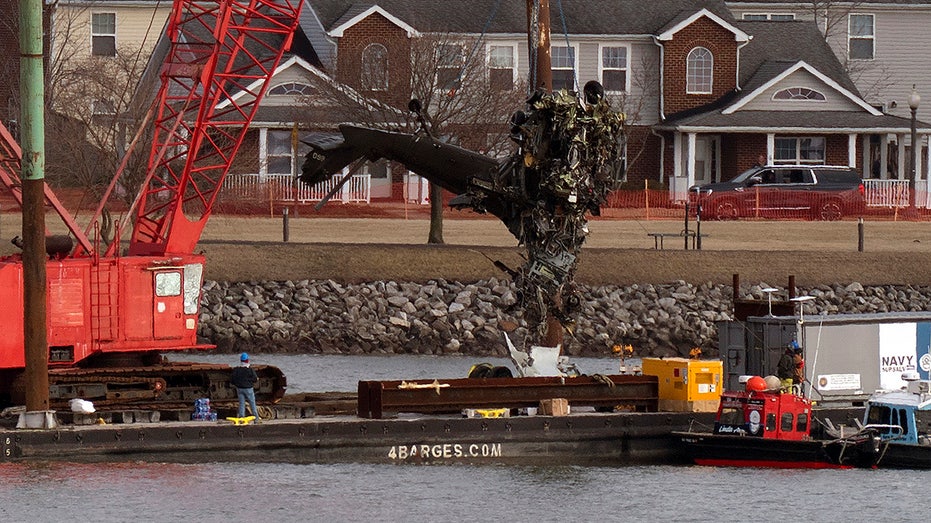
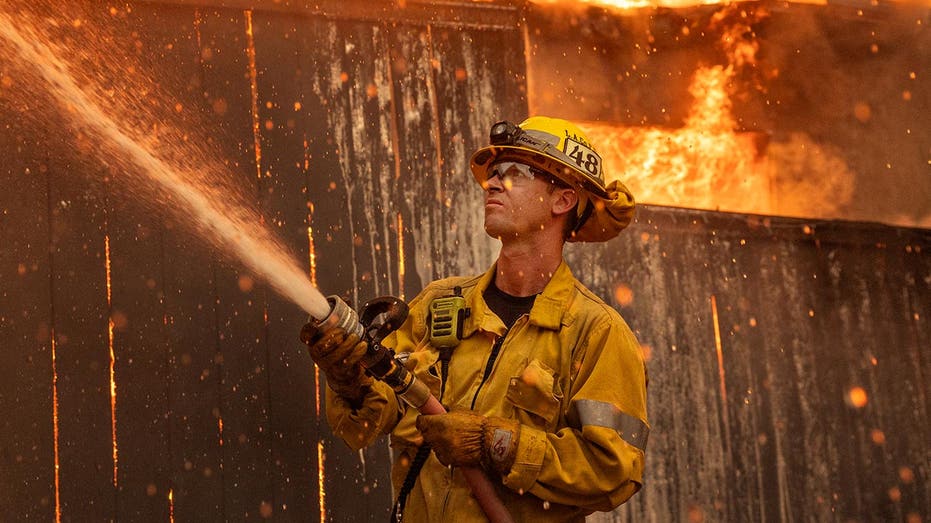


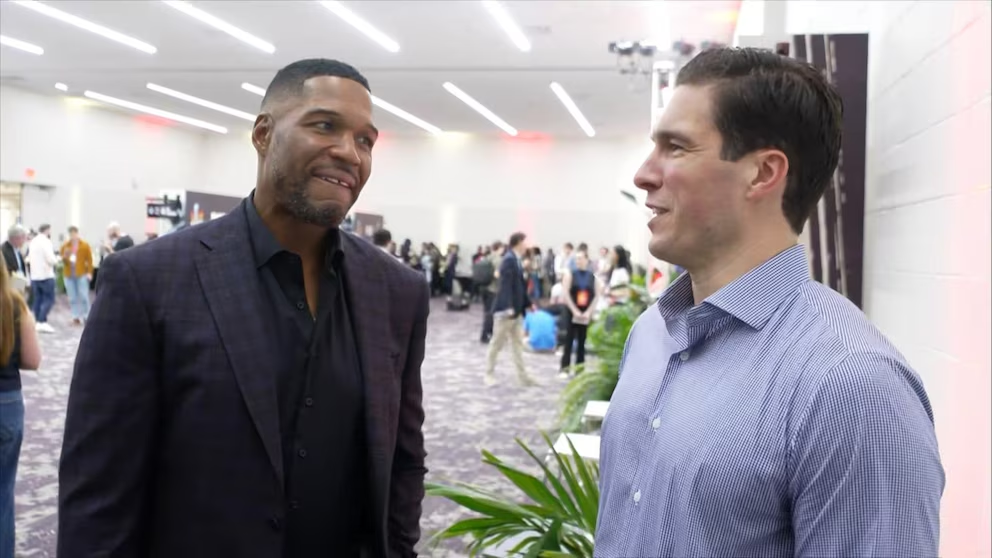








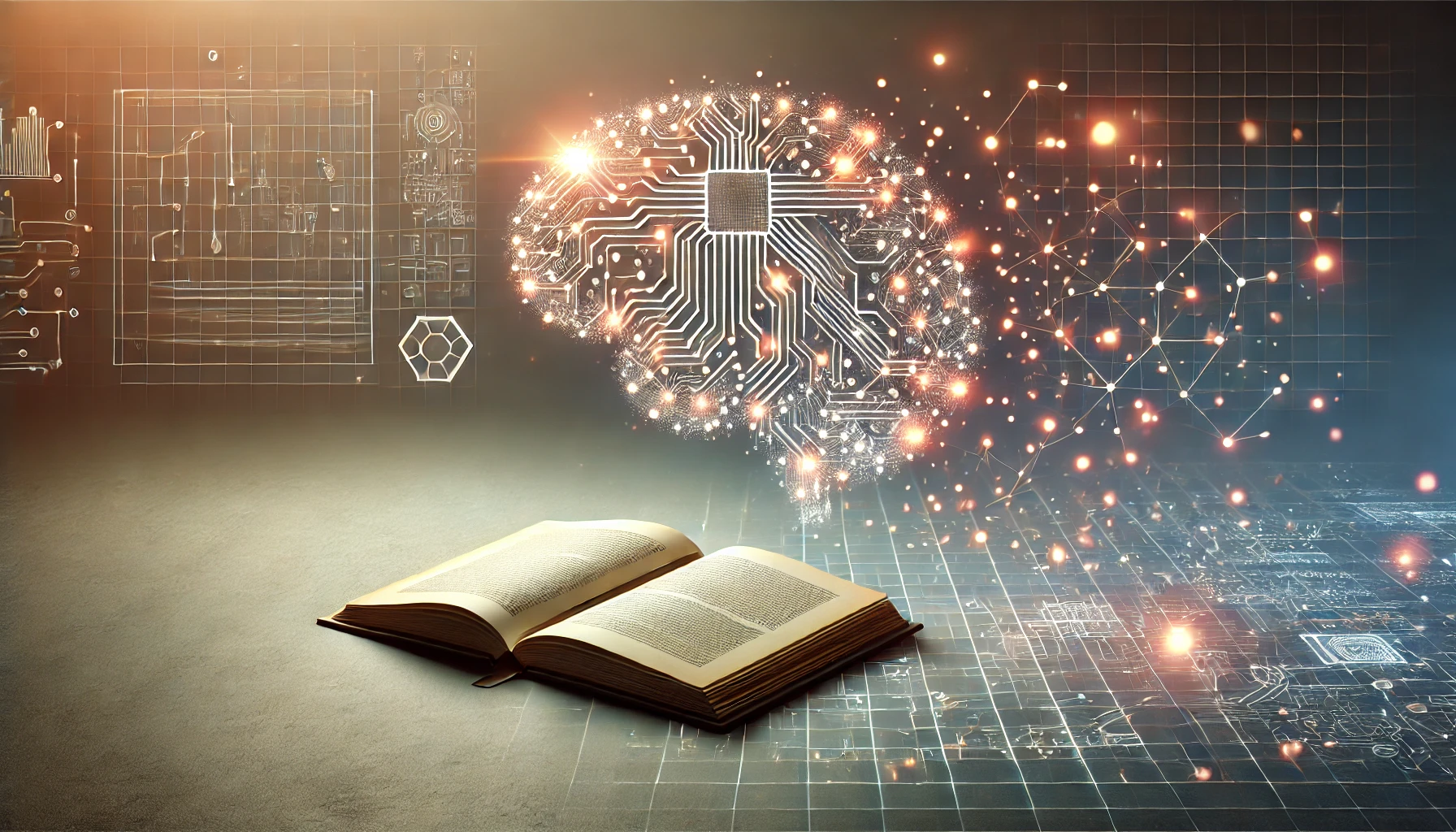


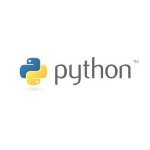


_Igor_Stevanovic_Alamy_Stock_Photo.jpg?#)















